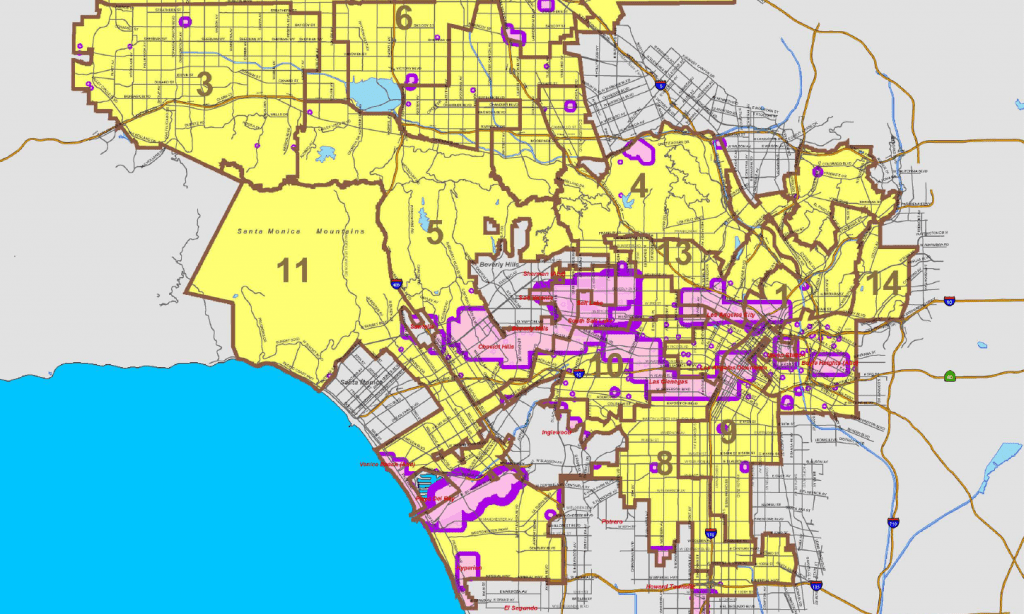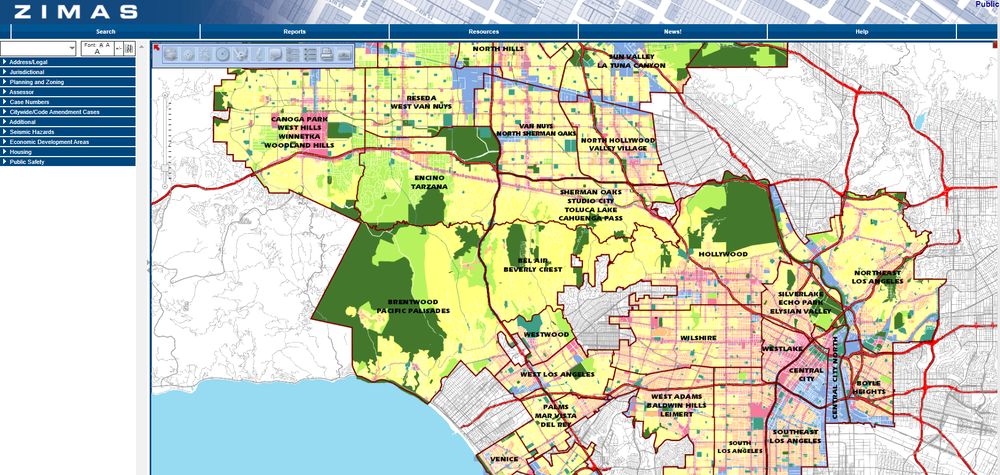Is my Property in the Methane Zone? – LADBS Methane Mitigation
Methane Mitigation is becoming a frequent requirement when developing in Los Angeles. A project’s Methane Gas Hazard requirements are based on the LADBS Methane Soil Gas Test resultsLADBS Methane Soil Gas Test.
A Methane Test is required if your project is located within the LADBS Methane Zone.
The step-by-step process below will help determine whether your Property is located within the Methane Zone.
To ensure that the Mitigation Construction requirements are not overlooked during the planning and budgeting phase,
Using Zimas to Define Gas Hazard Types
The first step is to visit www.Zimas.com. Zimas is an online database that LADBS has established to provide information regarding parcels within Los Angeles City. Please just enter the address number and street name as you asked, do not add any prefixes or suffixes to the street’s name; for example, for South Wilshire Blvd, you should only enter Wilshire.
Once the information is inputted into Zimas, you will see a property map and a panel on the left side of the window. Click the “Additional” tab on the left panel to expand additional information. Under this tab, refer to “Methane Hazard Site” In this location, you will see either “No,” “Methane Buffer Zone,” or “Methane Zone” listed.
If “No” is listed, your project is not within the Methane Zone, and LADBS will not require Methane Mitigation. If Methane Zone or Methane Buffer Zone is listed, LADBS will require a Methane Test to establish your Methane Mitigation requirements.

Methane Zone Map
The city of Los Angeles has also established a methane zone map showing shaded regions of the methane zone and methane buffer zones.
On this map, lightly shaded purple colors define the Methane Zone. While the dark purple perimeter defines the Methane Buffer Zone. Although the Methane Zone map is a great visual source, you should use Zimas as the primary source. For establishing your methane hazard site criteria.
What if my Property is located only partially in a Methane Zone?
Considering the Methane Hazard Type is established on location, a property will inevitably be partially located within a Methane Zone. Thus is may be somewhat not categorized as a methane hazard. In these cases, we highly recommend you contact your LADBS plan checker to set up the methane testing. Also potential Methane Mitigation requirements and Mitigation Construction. There are too many variables in development that make it difficult to set a standard for what the conditions would be for these scenarios. But based on previous Case Studies:
- LADBS may require the developer to assume that the entire project is within a methane hazard zone. Hence the methane mitigation requirements will be based on the methane test results for the methane zone criteria.
- LADBS plan checker may evaluate the location of the proposed structure in conjunction with the portion of the property. Which is classified as a methane zone. The plan checker may only enforce the methane zone requirements for the property located within the Methane Zone.
Methane Mitigation Consultant
In all cases, evaluating your project specific details with a Methane Mitigation Consultants is critical. The LADBS plan checker is highly recommended to establish the final Methane Testing, Mitigation Design, and Methane Mitigation Construction requirements.

